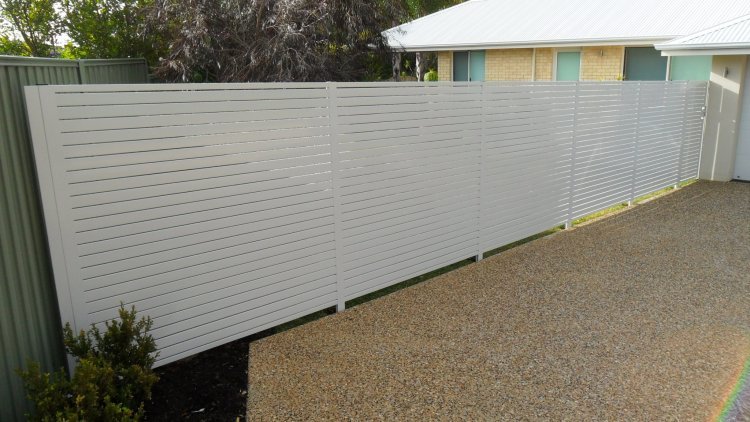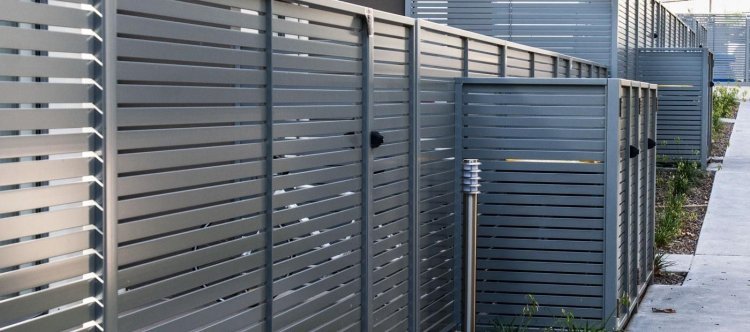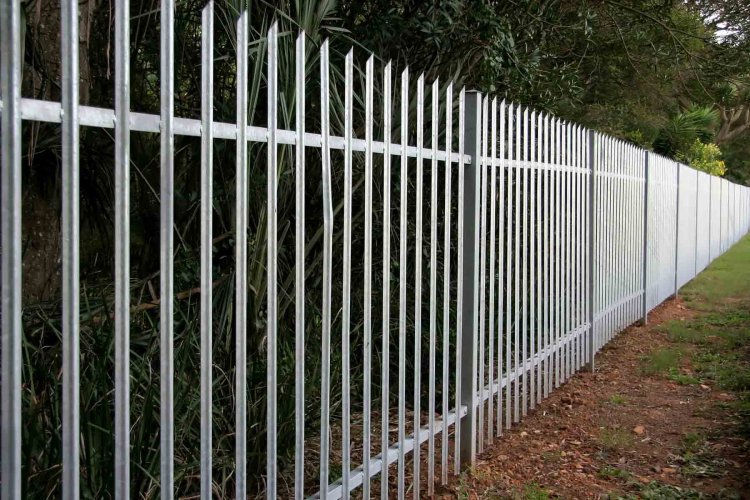Aluminum Fence Installation: A Step-by-Step Guide
Learn how to install an aluminum fence with this step-by-step guide. Discover tips, costs, and FAQs for a durable, stylish, and low-maintenance fence.

When it comes to enhancing the security, privacy, and aesthetic appeal of a property, installing an aluminum fence is one of the best choices homeowners and businesses can make. Aluminum fences are durable, lightweight, rust-resistant, and available in various styles and colors. This guide will walk you through the process of aluminum fence installation and provide helpful insights to ensure a successful project.
Why Choose Aluminum Fencing?
Aluminum fencing is renowned for its versatility and durability. It does not rust like iron or corrode like steel, making it an excellent choice for various climates. Its lightweight nature simplifies installation, and it requires minimal maintenance over its lifetime.
Key Benefits of Aluminum Fencing:
- Durability: Resistant to rust, corrosion, and weather elements.
- Low Maintenance: Requires no painting or regular upkeep.
- Versatility: Available in various designs, colors, and sizes.
- Environmentally Friendly: Aluminum is recyclable.
- Cost-Effective: Offers long-term savings due to its durability.
Steps to Install an Aluminum Fence
Installing an aluminum fence is a manageable project for those with basic DIY skills. However, professional installation may be necessary for large or complex projects. Here's a step-by-step guide:
Step 1: Planning and Permits
Before starting, check local zoning laws and homeowner association (HOA) guidelines. Obtain any necessary permits. Measure your property’s perimeter and determine the required amount of fencing material.
Step 2: Gather Tools and Materials
Ensure you have the necessary tools:
- Post hole digger
- Shovel
- Level
- Tape measure
- String line
- Concrete mix
- Drill and screws
Materials will include aluminum panels, posts, and brackets.
Step 3: Mark Your Fence Line
Use stakes and string to mark the fence line. This step ensures that your fence is installed in a straight line and follows property boundaries.
Step 4: Dig Post Holes
Using a post hole digger, excavate holes for the fence posts. Holes should typically be one-third the height of the fence post, plus an additional 6 inches for gravel.
Step 5: Set Posts
Place 2-3 inches of gravel at the bottom of each hole for drainage. Position the post in the center of the hole and pour concrete around it. Use a level to ensure the post is vertical, and allow the concrete to cure as per the manufacturer’s recommendations.
Step 6: Attach Fence Panels
Attach aluminum panels to the posts using brackets and screws. Ensure each panel is level before securing.
Step 7: Install Gates
Position gates at the required access points. Secure them to gate posts using hinges and ensure smooth operation.
Step 8: Finishing Touches
Inspect the fence for alignment and make any necessary adjustments. Clean the area and remove leftover materials.

Tips for a Successful Aluminum Fence Installation
- Plan Thoroughly: Double-check measurements and material needs.
- Work in Sections: Install posts and panels in manageable sections to maintain alignment.
- Use Quality Materials: Invest in high-quality aluminum to ensure longevity.
- Seek Help: Enlist a friend or family member to assist with heavy lifting or alignment.
FAQs About Aluminum Fence Installation
Q1: How much does aluminum fence installation cost?
The cost varies based on factors like fence height, length, and style. On average, aluminum fences cost $15 to $35 per linear foot, with installation fees ranging from $30 to $50 per linear foot.
Q2: Can I install an aluminum fence on uneven terrain?
Yes, aluminum fences are versatile and can be installed on sloped or uneven terrain using a technique called "racking."
Q3: How long does an aluminum fence last?
With proper care, an aluminum fence can last 20 to 30 years or more. Its resistance to rust and corrosion makes it exceptionally durable.
Q4: Do aluminum fences provide privacy?
While aluminum fences are often decorative, you can add privacy slats or panels to increase privacy.
Q5: Is an aluminum fence suitable for security purposes?
Yes, aluminum fences are sturdy and provide a reliable barrier. They are often used to secure residential, commercial, and industrial properties.
Q6: How do I maintain my aluminum fence?
Maintenance is minimal. Clean the fence periodically with water and mild soap to remove dirt and debris.
Q7: Are aluminum fences environmentally friendly?
Yes, aluminum is 100% recyclable, making it an eco-friendly fencing option.
Q8: Can I paint my aluminum fence?
Most aluminum fences come with a powder-coated finish, so painting is unnecessary. However, if desired, you can repaint it with suitable outdoor metal paint.
Q9: How long does the installation take?
A standard residential aluminum fence can typically be installed in 1-3 days, depending on the size and complexity of the project.
Q10: Can aluminum fences withstand extreme weather?
Yes, aluminum fences are designed to endure various weather conditions, including rain, snow, and intense sunlight.

Conclusion
Aluminum fence installation is a smart investment that combines aesthetics, functionality, and longevity. Whether you’re aiming to enhance security, increase property value, or boost curb appeal, an aluminum fence can meet your needs. By following the outlined steps and considering professional help when necessary, you can enjoy a beautiful and durable fence for years to come.
If you have more questions or need assistance with aluminum fencing, consult a professional or local fencing supplier for expert advice.
What's Your Reaction?















